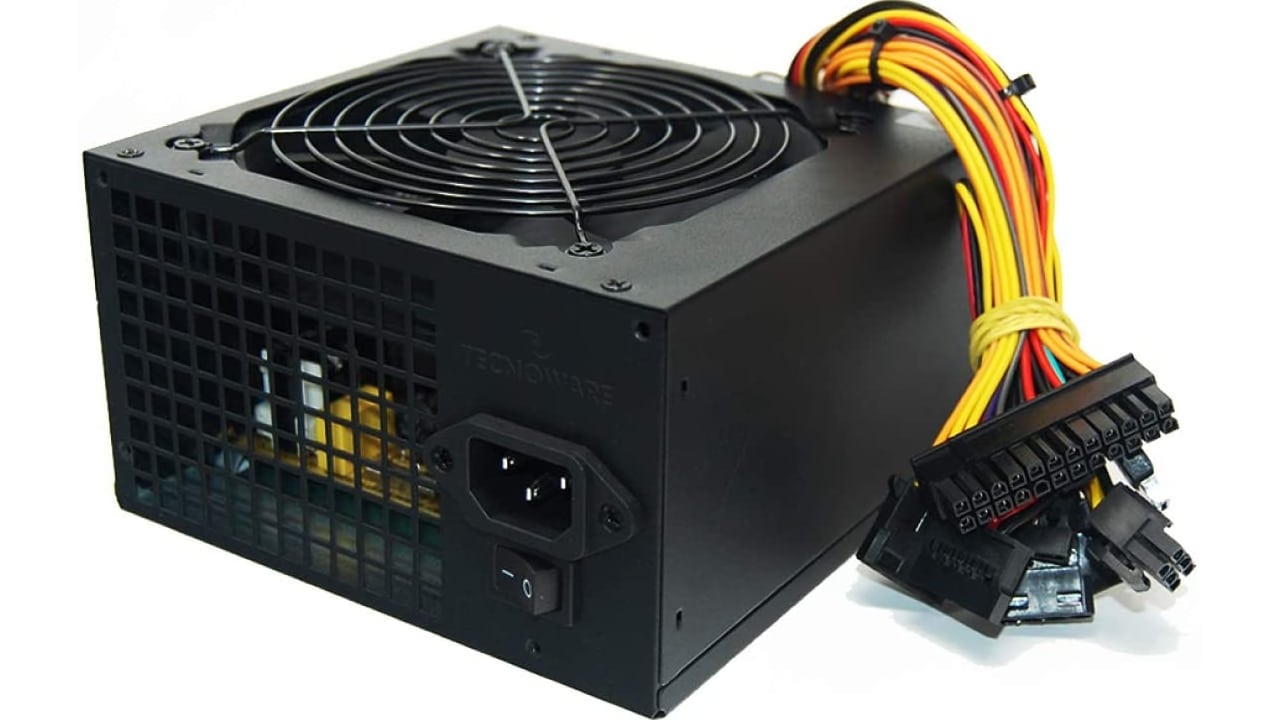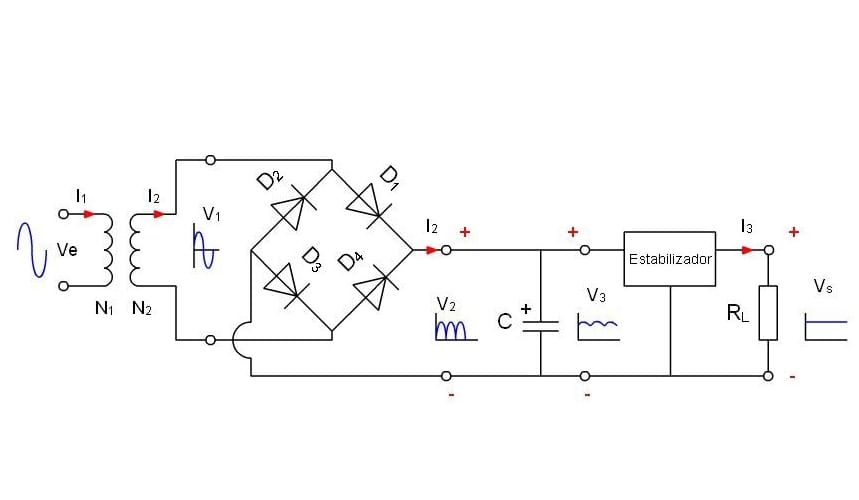
La ATX source It has become a standard in the PC world, a type of power supply compatible with most of the motherboards that are manufactured today and with some modern variants that have come to power certain more powerful processing systems that demand more energy.
If you are thinking of buying one of these ATX power supply models, you will surely like to see all the critical details you need to know when choosing one of these Electronic components...
What is an ATX source?
Generally called PSU (Power Supply Unit), or power supply, or ATX source. It is nothing more than a device compatible with the ATX standard that is capable of converting the alternating current of the network to direct current, as well as distribute different voltages to be able to feed all the elements of a PC. That is, the one in charge of feeding the motherboard and its components, the cooling systems, storage media, etc.
Although it may seem like a minor component, the truth is that is one of the main elements of the team, since it is one of those that usually give more problems if the right one is not chosen, and it will be the one that limits the power or possible extensions that you can make to your PC. Even the stability and life of other components will depend on it.
How to choose an ATX source
Choosing a good power source It will ensure good energy efficiency and that your components are protected from electrical surges and spikes that could cause other elements of the system to function inappropriately and even break down early.
Power
La power it is important when choosing a power source. You shouldn't be short of it, or you won't be able to power all the components you want (even with a possible future upgrade) But you should not choose an excessively powerful font that you are not going to take advantage of, since it would be a waste of money.
Therefore, it is very important to do a good fit depending on the hardware that you are going to choose. Generally, for a current PC, it should not be below 500W, or more if you are looking for something more powerful. There are very different powers, from hundreds of watts to more than 1KW in some strange cases, being more common those of 650 or 750W ...
To choose the right power, you can make use of online tools that will help you calculate the necessary power by entering your PC configuration, such as basic calculator. As advice I would tell you to choose 50 or 100W more than what it indicates thinking about scaling the system in the future. In addition, an ATX source that works more comfortably is better than a source saturated by the high load.
Certifications and efficiency
Although some forget this point, it is also important to make a good choice of an ATX source that has the certifications timely, both energy saving, such as Energy Star, as well as other safety or environmental such as CE, RoHS, etc.
Besides that, there is another tag that determines efficiency in the same way that household appliances have the energy efficiency label A +, etc. I am referring to the labels:
- Without label: it does not guarantee high efficiency, it could be anyone. These are usually the cheap or low-quality ATX sources that you should avoid.
- 80 Plus Gold: means it is 80% energy efficient.
- 80 Plus Bronze: reaches 82% energy efficiency.
- 80 Plus Silver: energy efficiency would reach 85%.
- 80 Plus Gold: go up to 87% energy efficiency.
- 80 Plus Platinum- They get a great 90% energy efficiency score.
- 80 PlusTitanium: they are the best in terms of efficiency, with 92%.
ATX source protection
La cheap ATX source it does not usually include any kind of protection measure, which is a serious mistake. Some, by saving on this component, endanger the rest of the system, since some voltage spikes could seriously affect components such as the motherboard, CPU, GPU, memory, etc.
Therefore, if you want to avoid all those electrical spikes, power line fluctuations, and other events that can damage or cause components to malfunction, you have to make sure they have as many more active and passive protections. For example: uterine
- Power Good or PWR_OK: check that the supply signal is OK, something that almost everyone usually has.
- OCP (Over Current Protection): is a type of protection against high current or intensity peaks.
- OVP (Over Voltage Protection): same as the previous one but for high voltage or overvoltage peaks.
- UVP (Under Voltage Protection): another protection for low voltages, that is, low peaks that are also harmful.
- OPP (Over Power Protection): it is a protection against overloads.
- OTP (Over Temperature Protection): This protects against the high temperatures of this unit.
- SCP (Short Circuit Protection): short-circuit protection element.
- YEP (Surges & Inrush Protection): interrupting current.
- NLO (No Load Operation): low load operation.
- BOP (Brown Out Protection): protects against voltage faults momentarily.
PSU types
When choosing an ATX source, it is also important that you bear in mind the types you can find in the market:
- According to its modularity:
- Not modular: they are the most common, with the cables soldered to the source itself.
- semi-modular: they have the connector of the motherboard, the ATX, soldered, while the rest are removable (ESP, PCIe, SATA, Molex, ...).
- Structure- All cables can be added or removed independently. A way to leave clear space inside the tower so that the cooling air circulates better and for aesthetic reasons, since you will only have the cables that you really need, and not all.
- Form factor: is the format or form factor that corresponds to the type of motherboard with which it has to be compatible. There are SFX, ITX, miniITX, ATX, microATX, microATX, or the larger ones for the most powerful equipment, such as the EATX. This leaves no room for confusion, as it has to be compatible with the chosen board.

